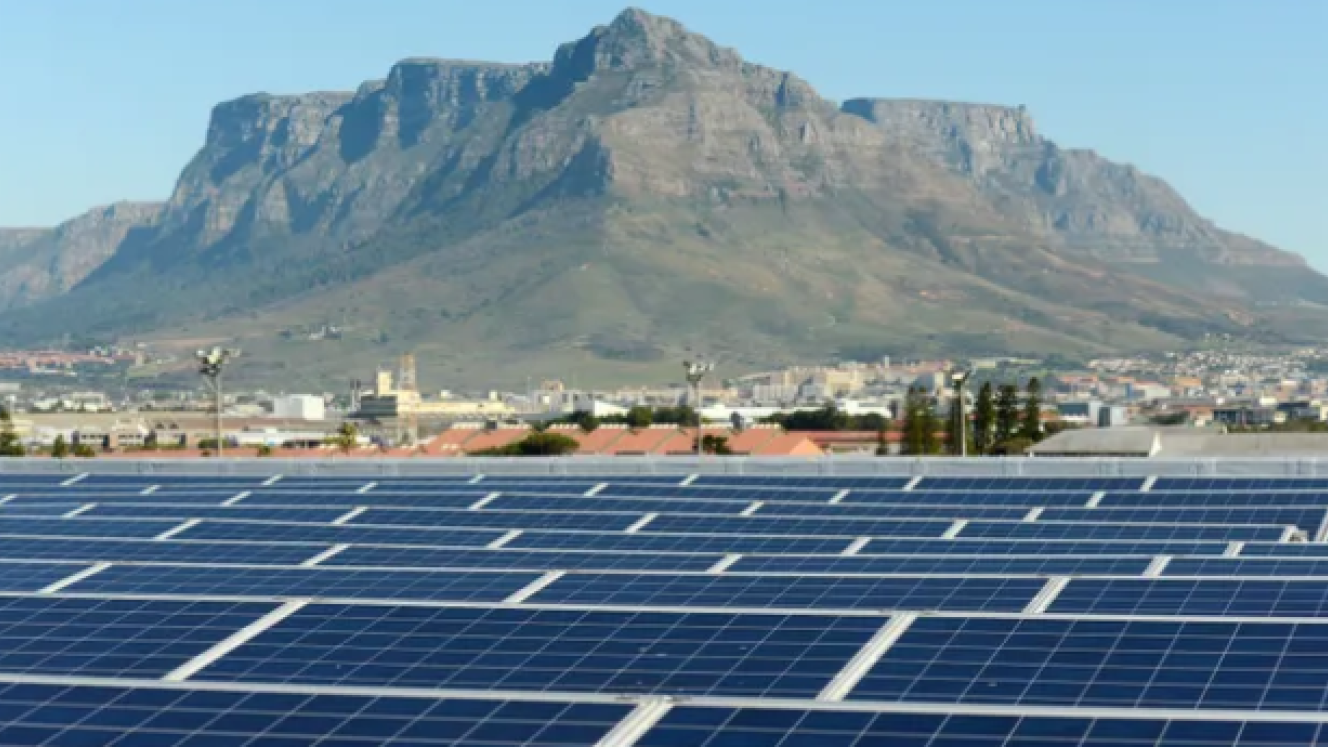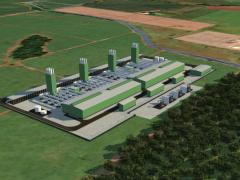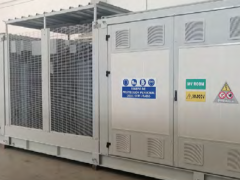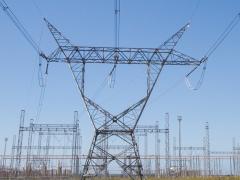A prototype rechargeable battery using depleted uranium as an active material has been developed by researchers, opening a potential new avenue for reusing nuclear by-products in energy storage applications.
The early-stage battery, produced by the Japan Atomic Energy Agency (JAEA), uses uranium for the anode and iron for the cathode, and recorded a single-cell voltage of 1,3 V during initial testing. Researchers believe the technology could contribute to stabilising the fluctuating output of renewable energy sources while reducing reliance on conventional raw materials.
“By-products previously considered unusable in the production of uranium fuel have the potential to enhance the efficiency of other energy sources,” researchers say.
Natural uranium consists predominantly (99,3%) of uranium-238 (U-238), which is difficult to fission and must be enriched to increase the concentration of U-235 for nuclear reactor use. Depleted uranium, the by-product of this enrichment process, has historically been considered unsuitable for power generation.
The JAEA notes that approximately 1,6 million tonnes of depleted uranium are currently stored worldwide.
According to the agency, the battery’s development makes use of uranium’s oxidation properties, which vary between three and six, making it a promising material for electrochemical applications. Laboratory testing showed that, after 10 charge-discharge cycles, the battery’s performance remained stable with no visible deposits forming on either electrode.
Explaining the concept, researchers says: “The uranium battery developed by JAEA will be used to control the fluctuating power outputs of renewable energies: applying nuclear chemistry technology to create synergies while using energy and resources more effectively.”













